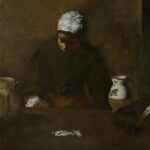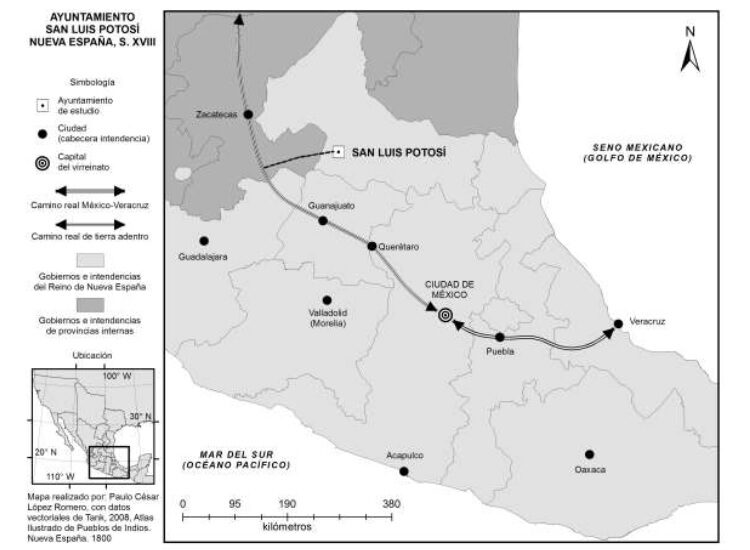The scene takes place inside a Sevillian house in the early decades of the 17th century and depicts a mulatto maid with various kitchen utensils that reflect the way in which domestic spaces were set up. It should be remembered that at that time only wealthy families were allowed to have a maid. In the portrait, the maid is depicted wearing a loose-fitting dress that bears little relation to the fashions of the day, as well as a coarse, coarse fabric that reveals a lower social status than that of her masters. Various utensils such as jugs, bowls and a mortar and pestle for pounding garlic are arranged on the table, a fact that underlines the type of basic foodstuffs used in 17th-century Sevillian households.
Collection: Images
Project: 4. Family, daily life and social inequality in Europe., 7. Persecuted by justice and powers: rebels, political dissidents and criminals in the history of Europe., 8. Women and the change for gender equality in Europe.
Chronology: XVII
Scope: Secondary Education, Baccalaureate
Resource type: Image
Format: Oil on canvas (55 x 104.5)
Source: Museo de Bellas Artes de Houston, Texas (Houston, Estados Unidos)
Language: English
Date: 1620-22
Owner: Álvaro Romero González (Modernalia)
Copyright: Museo de Bellas Artes de Houston, Texas (Houston, Estados Unidos)
Abstract: Velázquez's depiction of domestic service in 17th-century Spain
Image
Tags








